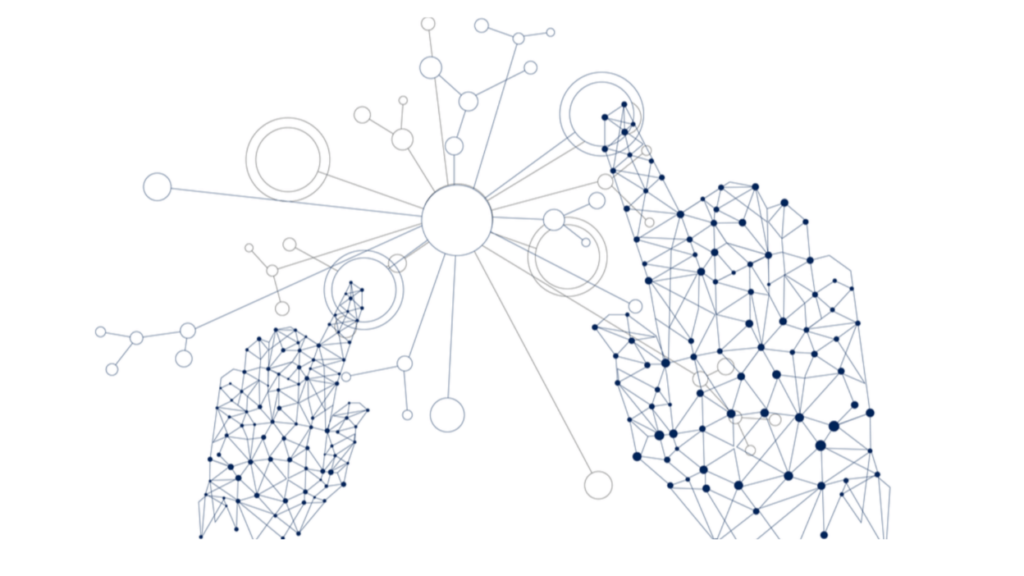“I’m afraid I can’t do that, Dave.”
If you ever watched 2001: A Space Odyssey, you probably remember iconic sci-fi elements, like the artificial intelligence computer HAL 9000, video calls, and advanced graphic displays. Made 53 years ago by a visionary, Stanley Kubrick, this classic predicted the future in so many ways. Today HAL inspired widely used AI assistants like Alexa and Siri. Video calling has become our everyday practice, and our personal laptops can perform multiple actions at once.
Internet of Things, explained
The term “Internet of Things” describes devices that interact and “speak” to one another and to the internet, providing information to help us be more efficient in how we work and live. Just like we communicate through the World Wide Web, IoT also connects multiple devices to the Internet, facilitating man-to-machine and machine-to-machine interactions.
IoT is an umbrella term for different categories, like smartphones, smart housing, wearables, retail analytics, medical implants, or tracking assets (thanks to this, you can follow and locate these lovely sheep in Ghent). If you’re using a virtual assistant, voice search, track your morning run with a smartwatch, or control your home security system with your smartphone, congratulations, you’re an IoT user!
As of right now, there are as many as 35 billion IoT devices installed worldwide. Just a reminder, the human population is estimated at 7,9 billion, meaning we all have an average of four to five IoT devices each, primarily smartphones and smartwatches. Yes, we are living in an age when there are more machines than people in the world. Pretty impressive – and maybe, just maybe a bit scary (thanks, HAL 9000!).
How does IoT work?
Now that we know what IoT is, let’s take a look at how it works.
IoT devices gather data on their surroundings, share this data with other electronic devices, and ultimately help the end-user gain information, solve an issue, or complete a task. It’s based on three phases: input, analytics, and output.
The main components of the IoT environment are:
- Sensors and Devices
- Connectivity
- Data processing
- User interface
- DEVICES AND SENSORS
To collect input and real-time data, we need devices or sensors that detect changes in a designated environment. Usually, sensors are bundled together as part of a device that does more than just detect one action. For example, smartphones have a GPS, camera, fingerprint detection, pedometer, and other helpful tools.
- CONNECTIVITY
The sensor requires a connection with other devices to transfer data and analyze the data to provide insights that are ultimately translated into action. The most popular IoT wireless protocols and standards include Bluetooth, Wi-Fi, Dash 7, LoRa, cellular BLE, Z-wave, Sigfox, NB-IoT, LTE-M, etc. Depending on the application, factors such as range, data requirements, security and power demands, and battery life will dictate the choice of one or some form of a combination of technologies.
- DATA PROCESSING
Once the data is collected and transferred to the cloud, the software performs data processing. This is the second component of an IoT ecosystem, where all of the “smart stuff,” i.e., context and analytics, occurs. The primary role of analytical tools is to analyze a specific situation and form an action plan based upon the insight.
- USER INTERFACE
The final element of an IoT system is the user interface or the physical context in which the user interacts with the solution. A user-friendly design must provide easy access and easy use of a product or website creating a seamless flow and experience. In the case of IoT, whether we talk about consumer applications or business solutions, the user interface should provide tangible and actionable insights that are easy to interpret and execute.
What’s next?
We’re living in a world that once was pure science fiction. The way we work and live in our connected world today is possible thanks to smart devices that learn and analyze all our preferences to make our lives more fun, comfortable, and way more manageable.
If you want to know more about the concept of IoT and its application in the industrial context, stay around! In our next blog post, we’ll talk about the Industrial IoT and how it can help you solve industrial challenges.
